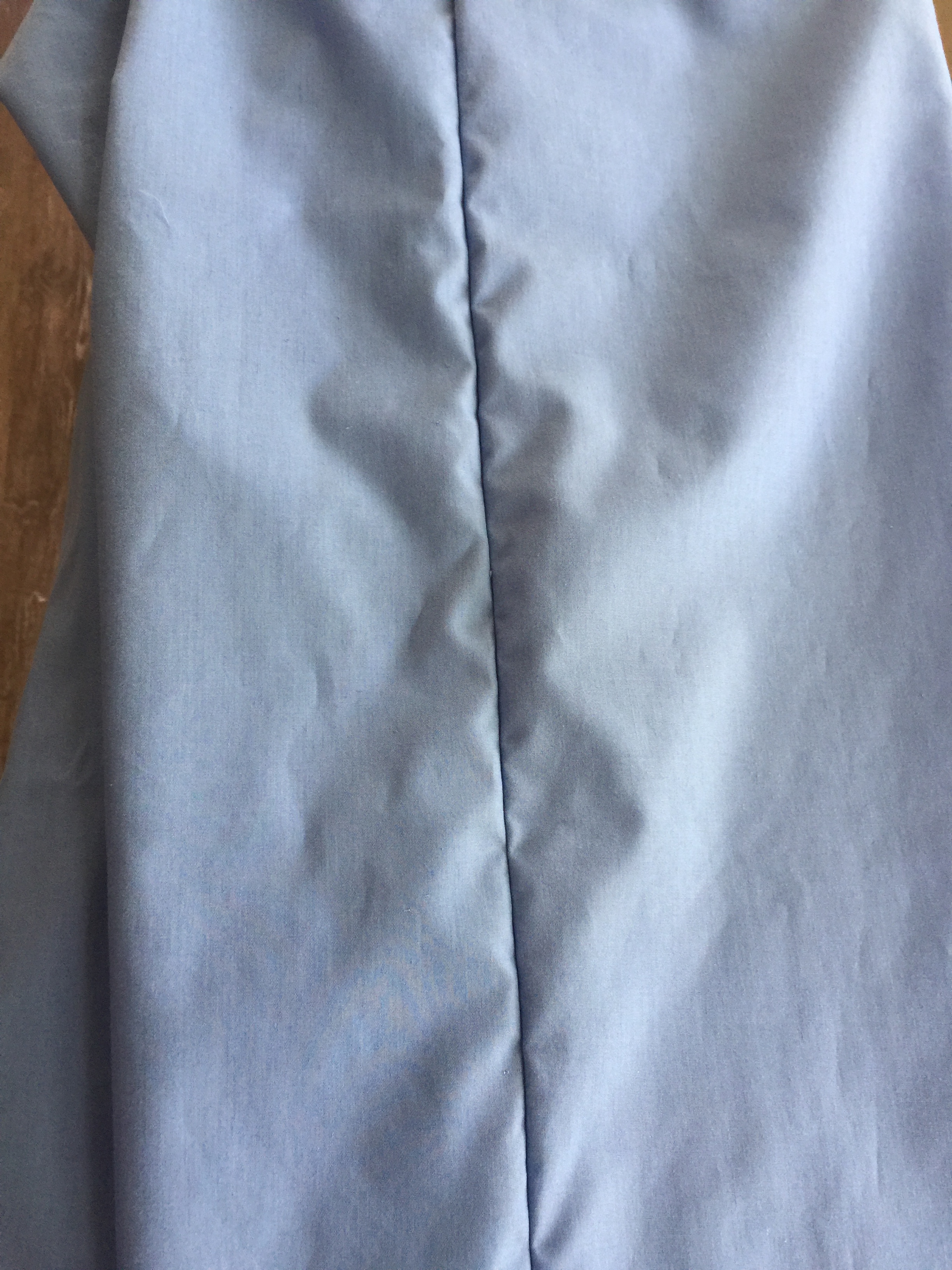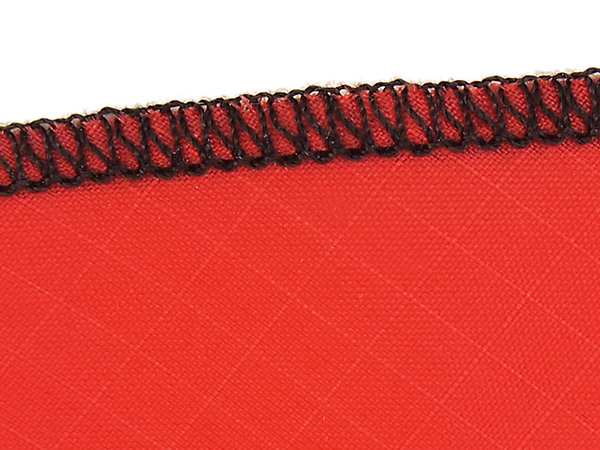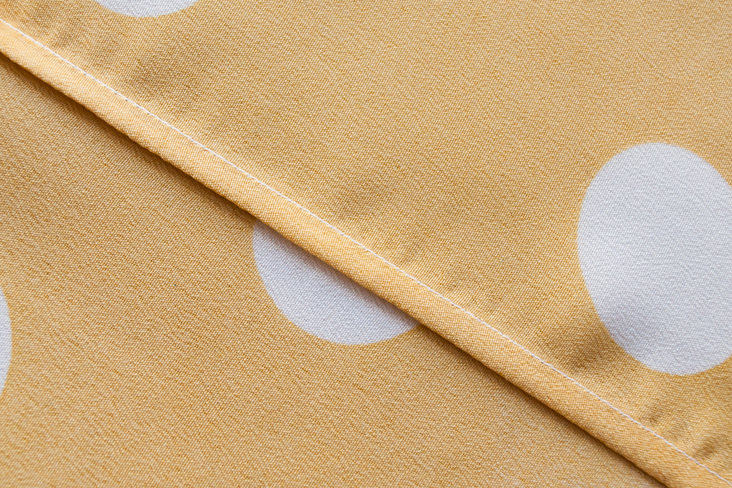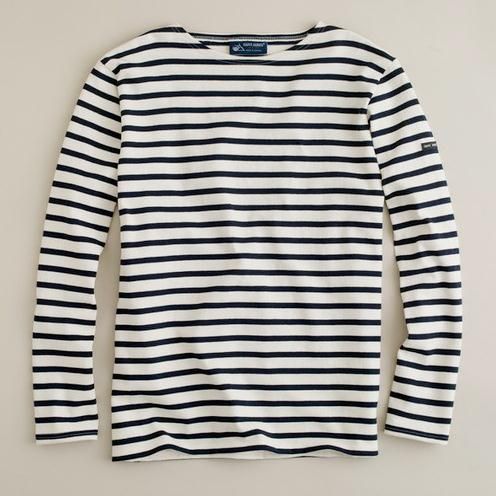I love secondhand and vintage shopping! I've been building my wardrobe this way for years since my mom first took me thrifting as a little girl. Not only is it a wonderful way to find amazing, unique pieces, it's also my favorite way to add high quality items to my wardrobe that would normally be out of my budget. These items include gorgeous blazers, designer shoes, luxurious cashmere and more and today, I want to share my tips with you. These are the things I do to find the best things at the best price possible and they're tips I've honed over many many years of secondhand and vintage shopping both online and in person.
WHY SHOULD YOU SHOP SECONDHAND & VINTAGE?
Before we jump into my tips, let's go over why I love secondhand and vintage shopping.
- It's a wonderful way to participate in the slow fashion movement and it's a great way to help reduce fashion waste. When I'm shopping each season, I've made it a habit to check secondhand options first and I'm always happy when I can find exactly what I'm looking for.
- You can find some amazing, high quality pieces at a fraction of their traditional retail price (like my cashmere cable knit sweater that I found brand new, with the tags on for only $20!!)
- It's a great way to find designer items without breaking the bank like my Louis Vuitton purse that I picked up from eBay for under $200 and my Ferragamo boots that I found brand new, in the box on eBay for only $100.
- You can find 100% unique pieces that can take your wardrobe to the next level and really highlight your personal style beautifully. Especially when coupled with tailoring and other tweaks, vintage and secondhand items really help set your wardrobe apart.
MY TOP TIPS
Now let's go over my top tips for shopping secondhand. These are the things I do to find not only the best items, but also the best price possible and they are things I've been using for many years.
START WITH A PLAN | I always recommend shopping with a plan but when shopping secondhand and vintage, this becomes even more important. Not only is it essential to identify the holes in your wardrobe before shopping, it's also important to get as specific as possible with what you're looking for. For example, if I want to add a blazer to my wardrobe, I won't just blindly start shopping for blazers either at the thrift store or on ebay etc. Especially when shopping online, just searching for blazers will result in millions of listings that can take ages to sort through. To avoid wasting time and potentially buying something you don't need, I recommend being as clear as possible with what you want. So, instead of just a blazer, maybe you want a greay, herringbone blazer with elbow patches. The more specific you can be, the better. Once you have a clear search in place, add in all of the filters to help narrow things down even further. You're going to want to add the material, the color, your size range (we'll touch on this more in a bit), the location (be sure to select items that are closet to you to avoid expensive shipping costs) etc.
TRY COMMON MISSPELLINGS | This next one is especially true when searching for clothes on eBay where spelling errors are common. Ebay doesn't have autocorrect or spell check so brand names are often misspelled. To help find hidden listings that may not be coming up in regular results, try common misspellings. For example, when I was looking for a pair of Ferragamo boots, I tried common misspellings and was able to find a beautiful pair of boots, brand new, in the box, never worn for only $100 simply because they misspelled the brand so the listing wasn't coming up in most results.
KNOW YOUR MEASUREMENTS | Next, I think it's important that you know your measurements. The length of your foot in inches, the width of your shoulders, waist, hips and thighs. Your inseam. Your outseam. All of these measurements are so important for shopping secondhand and vintage because often times you can't go by just the size alone. I also recommend comparing a garment's measurements to a piece you already own and love.
ASK QUESTIONS | eAlong the same lines as knowing your measurements, you want to ask as many questions as possible. If the measurements aren't included in the listing, ask for them. Also, don't hesitate to ask for pictures of a tape measure on the piece so you can really see where the measurements have been taken.
Also, you want to ask as many questions as possible for everything else. What's the size, the age, where did they buy it, when did they buy it, why are they selling it? Does it have any flaws, tears, stains? Have they had it tailored? Also, if the photos are poorly lit, don't hesitate to ask for new photos in daylight. Never feel like you're being a nuisance for asking tons of questions. You'll be spending your hard earned money on something and you should feel 100% comfortable with the item before you buy it. Also, in my experience a trustworthy seller is more than happy to answer any questions you have. If they give you push back, I wouldn't buy the item.
AUTHENTICATE DESIGNER ITEMS | If you're buying a designer item, you're really going to want to ask questions and then use the answers to authenticate the item on your own. I love PurseForum for this. You can also usually have an item authenticated at the boutique or designer store once you purchase it. If, in the unlikely event you purchase a fake, eBay and most other sites should protect you and you will be able to get a full refund. Also, places like TheRealReal.com are wonderful at authenticating everything in house so you can shop with assurance.
SHOP IN AFFLUENT AREAS | My mom taught me this next tip and it never fails. If shopping at a consignment shop or secondhand store, try to go to the stores in affluent areas. These shops tend to get better donations and are also more likely to receive items that are brand new. By doing this, I've been able to get a $200 cashmere sweater, completely unworn with the tags still on for only $20!
SHOP OUT OF SEASON | I love this next tip for anywhere I'm shopping but it's particularly useful when shopping secondhand. By shopping for cashmere, wool and other cold weather items in spring and summer your able to find some amazing items at a wonderful price because nobody else is looking for them. Also, the start of a new season is the perfect time to shop for the previous season because many people will be cleaning out their closets to prepare for the new season. Plus, you'll have fewer customers searching for sweaters and blazers so the prices tend to be lower. I've gotten some of my best deals on blazers during the summer like my beloved Ralph Lauren blazer that I picked up for under $20 just by searching on eBay in July.
NATURAL > SYNTHETIC | I like this a general rule of thumb when shopping anywhere, but especially when buying things that may have been worn before I recommend choosing natural fibers over synthetics. Not only do natural fibers last longer so you're more likely to find pieces in better condition, but certain fabrics like wool and cashmere are even self cleaning to a degree so they're less icky and also easier to clean once you get them home. Also, they're sometimes easier to remove unwanted smells and such from.
KNOW WHEN TO WALK AWAY | Along those same lines, know what can and can't be repaired and what issue can be resolved easily - such as stains. Generally speaking I try to avoid stains - especially those around the collar, armpits and wrists. I also avoid anything that needs major repair and instead stick to things that need minor alterations at the most. This is especially important when it comes to alterations. I have a larger video all about tailoring coming up but in the meantime, you want to keep in mind that a tailor isn't a magician and they won't be able to alter things by more than a few inches in either direction. Also, you'll want to always check if there is enough extra fabric for any alterations you may need - especially if you want to lengthen the sleeves or pants of an item.
SET ALERTS | Nobody wants to be a slave to shopping and setting alerts for things I'm looking for have really helped me stay on top of new listings without having to spend forever on my computer. Alerts were particularly helpful when I was looking for a pair of Gucci loafers. I knew I wanted the 1969 loafers in tan, preferably unworn or very gently worn because I was planning on wearing them a ton, and I wanted them under $100.
I searched over a year for them before they finally popped up in my alerts. The alerts helped me nab them before anyone else and get them brand new in the box, never worn for only $100.
SET A BUDGET, AND STICK TO IT | Set Setting and sticking to your budget is important anytime you're shopping but I think it's important to include it when secondhand shopping too. Especially depending on your personality, you may become very competitive in an auction and lose sight of what you want to pay and instead only focus on winning.
To help avoid this, I love services like MyIbay that will bid for you after you set your max bid. That way, you can't go over budget and you don't have to wake up at all hours to win an auction ending at 3am just because it's a good deal.
CHECK THE RETURN POLICY | Sites like ebay used to not allow returns but now some sellers do, also some thrift stores don't allow returns. To avoid being stuck with a purchase that doesn't work, I recommend always checking the return policy.
SOME OF MY FAVORITE PLACES TO SHOP SECONDHAND & VINTAGE
eBay - great for just about everything and the best site for deals
ETSY - best for vintage like silk scarves and unique finds but a little pricier. It's also more curated than eBay so sometimes I'll find something in ETSY and then search for it on ebay before making a purchase. I've been able to stay within my budget a lot easier this way.
POSHMARK - good for lower end items, often trendy items - think Zara, TopShop, Baublebar, And Other Stories etc
TheRealReal - they exclusively offer designer items and do a wonderful job of authenticating things before they're listed. I've had good luck with them in the past, but that that last time I purchased from them, the item was not as described and it had stains on it. They handled it very well though and the return process was very easy.
local thrift stores, goodwill, vintage shops
